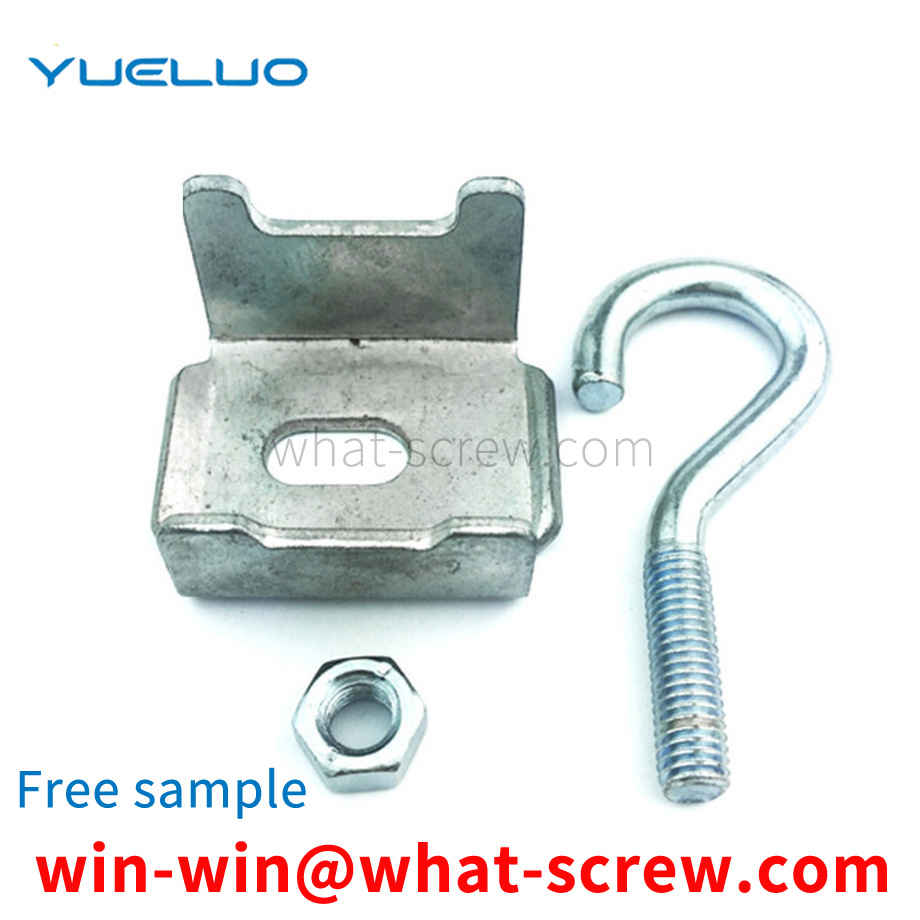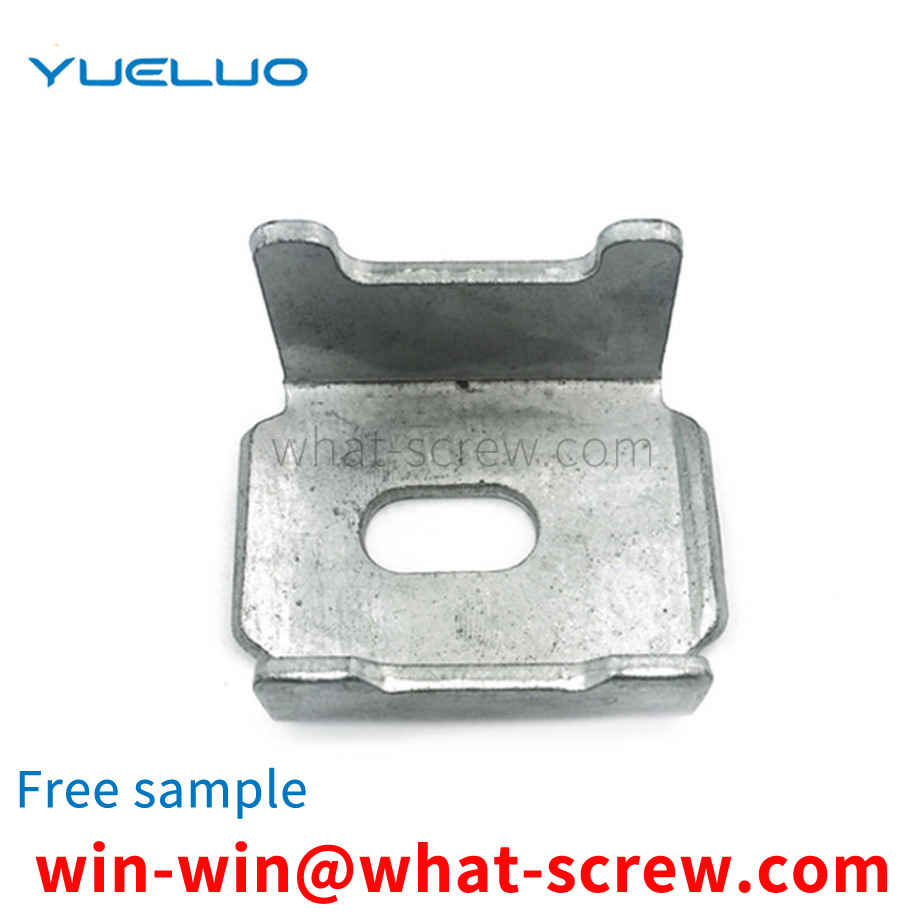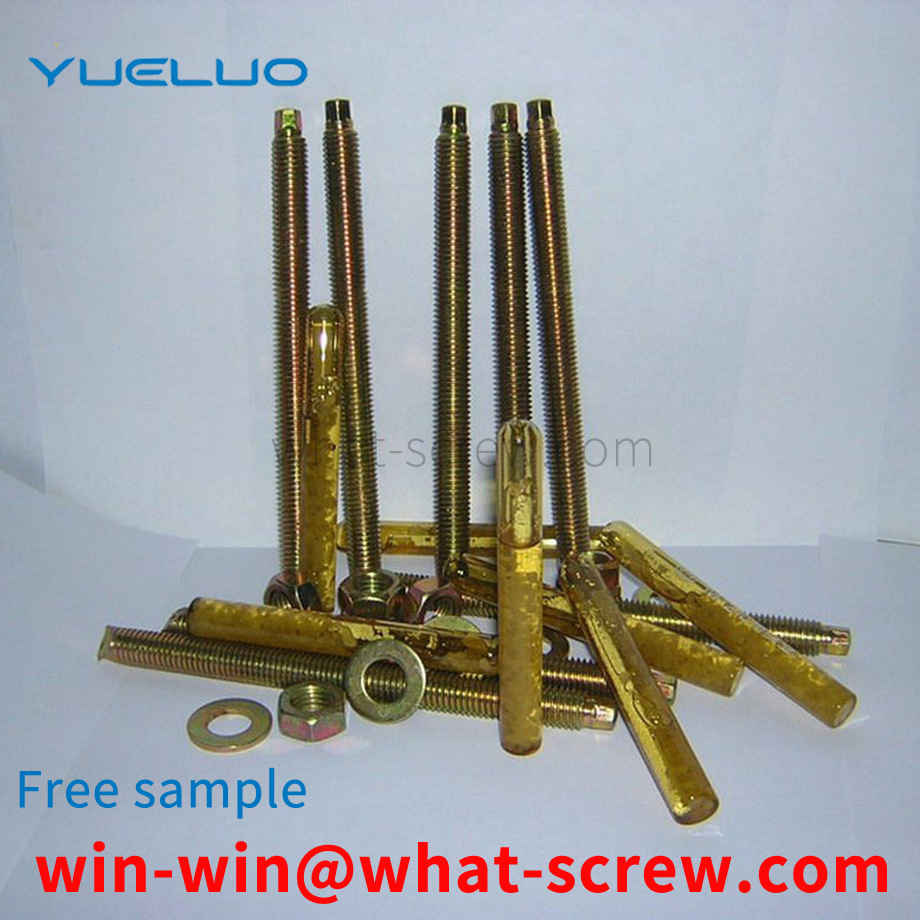What is the tolerance range of precision screws?
What is the tolerance range of precision screws?
Service Hotline
+86760-8787 8587We have more than ten years of production experience in the screw industry, the main products are: sample book screw, 10.9 black screw, tie rod aircraft body aluminum rod inner tooth nut, carbon steel table tennis racket screw, enlarged flat washer, set full cup head screw, Half-round head square neck carriage bolts, high-strength hexagonal head bolts and nuts for steel structure, brass U-shaped pipe clamp bolts, through-hole pressure riveting nut column, supply flange nut, single head copper column, 4.8 grade white zinc flat washer Fasteners such as gasket nuts, 70 manganese Dacromet washers, red copper flat round head rivets, etc., due to different product materials and specifications, the prices are also different, please contact us if necessary.


Pin riveting is an important procedure in the production process. At first, people used manual work, which has low production efficiency, high production cost, and high defect rate of products produced. Later, a pin riveting machine appeared. The pin riveting machine is a For riveting and pinning of hardware products, the pin riveting machine can complete the operation of pin loading and riveting pins, and the pin riveting machine reduces the process of pin loading and riveting pins in the hardware production process. However, its structural design is unreasonable and the operation is very inconvenient

The profile of the American National thread (60 profile angle and H/8 flatness) is different from the Wyeth thread profile (55 profile angle and H/6 flattening height). American National Thread is widely used in regions and industries that are influenced by American industry. In World War II, due to the inconsistent thread standards used by the Allies, the logistical supply difficulties caused serious economic losses and casualties to the Allies. Immediately after the end of World War II, the United States, the United Kingdom, Canada and other allies immediately began to formulate a unified thread standard among allied countries, and promulgated a unified thread standard in 1948. Because the economic strength and military strength of the United States dominated the Allied forces at that time, the unified thread was mainly formulated according to the national thread standard of the United States. Unity; the latter letter N is derived from the N designation for American National Threads. Since then, the unified thread began to squeeze the original use market of the British Whitworth thread.


At present, the standard parts on the market mainly include carbon steel, stainless steel and copper. A carbon steel. We distinguish low carbon steel, medium carbon steel and high carbon steel and alloy steel by the content of carbon in carbon steel material. 1 Low carbon steel C%≤0.25% is usually called A3 steel in China. Foreign countries are basically called 1008, 1015, 1018, 1022, etc. Mainly used for grade 4.8 bolts, grade 4 nuts, small screws and other products without hardness requirements. (Note: 1022 material is mainly used for drill tail screws.) 2 Medium carbon steel 0.25% 3 High carbon steel C%>0.45%. 4 Alloy steel is basically not used in the market: alloying elements are added to ordinary carbon steel to increase some special properties of steel: such as 35, 40 chromium molybdenum, SCM435, 10B38. Fangsheng screws mainly use SCM435 chromium molybdenum alloy steel, the main components are C, Si, Mn, P, S, Cr, Mo. Two stainless steel. Performance grade: 45, 50, 60, 70, 80 1 Mainly divided into austenite (18% Cr, 8% Ni) with good heat resistance, good corrosion resistance and good weldability. A1, A2, A4 2 Martensite, 13%Cr have poor corrosion resistance, high strength and good wear resistance. C1, C2, C4 ferritic stainless steels. 18%Cr has better upsetting and corrosion resistance than martensite. The imported materials on the market are mainly Japan. According to the level, it is mainly divided into SUS302, SUS304 and SUS316. Three coppers. Commonly used materials are brass...zinc-copper alloys. The market mainly uses H62, H65, H68 copper as standard parts.

The existing method of tightening large screws is generally 1. After the nut is screwed to the connected piece by hammering + nut angle method, use a casing to connect the lever arm of the wrench, or use a free hammer to hammer the plate handle, Rotate the nut an additional angle to obtain the required preload. This is not only a primitive and labor-intensive fastening method, but also has great limitations, such as limited space, or the screw itself is a rotating shaft and so on, it is difficult to use this method.

The above content is uploaded by Yueluo or the Internet. If there is any copyright issue, please contact [email protected].

What is the tolerance range of precision screws?

How to choose the right stainless steel screw manufacturer?

Why is there an R angle under the head of the hexagon head s...

We have more than ten years of production experience in the ...

We have more than ten years of experience in the production ...

We have more than ten years of experience in the production ...

We have more than ten years of experience in screw industry ...